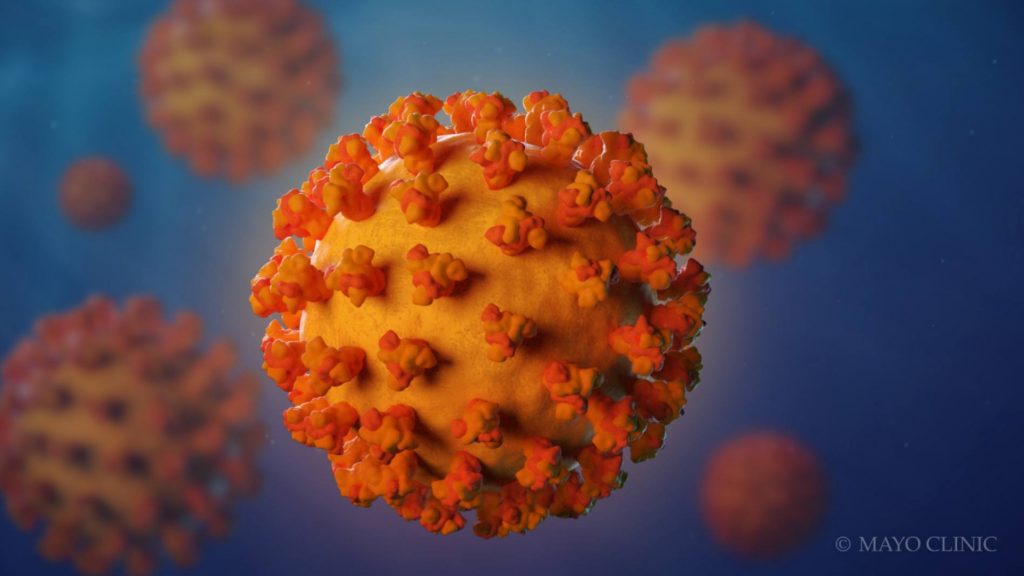
The World Health Organization (WHO) declared the recent coronavirus outbreak a global health emergency and has given it an interim name.
The interim name of the disease causing the current outbreak is "2019-nCoV acute respiratory disease," where "n" is for novel and "CoV" is for coronavirus.
The WHO is issuing daily situation reports, and the Centers for Disease Control and Prevention (CDC) is also monitoring the situation.
Meanwhile, Dr. Gregory Poland, director of Mayo Clinic's Vaccine Research Group, explains the ecology of coronaviruses.
Watch: Dr. Poland explains the ecology of coronaviruses.
Symptoms of the 2019-nCoV can be mild to severe, and include a fever, cough and shortness of breath. They may appear two to 14 days after exposure. A 2019-nCoV vaccine isn't currently available.
The WHO and CDC recommend that you take the usual precautions to help prevent the spread of respiratory viruses:
- Wash your hands often with soap and water or use an alcohol-based hand sanitizer.
- Cover your mouth and nose with your elbow or tissue when you cough or sneeze.
- Avoid touching your eyes, nose and mouth if your hands aren't clean.
- Avoid close contact with anyone who is sick.
- Clean surfaces you often touch.
- Stay home from work, school and public areas if you're sick.

Learn more: "Novel coronavirus: What is it and how can I protect myself?" Find other health and medical information on mayoclinic.org.
MEDIA ALERT:
For an interview with a Mayo Clinic expert, contact the
Media Relations Newsroom at newsbureau@mayo.edu
or 507-284-5005.
Information in this post was accurate at the time of its posting. Due to the fluid nature of the COVID-19 pandemic, scientific understanding along with guidelines and recommendations may have changed since the original publication date.
Check the Centers for Disease Control and Prevention website for additional updates on COVID-19. For more information and all your COVID-19 coverage, go to the Mayo Clinic News Network and mayoclinic.org.







